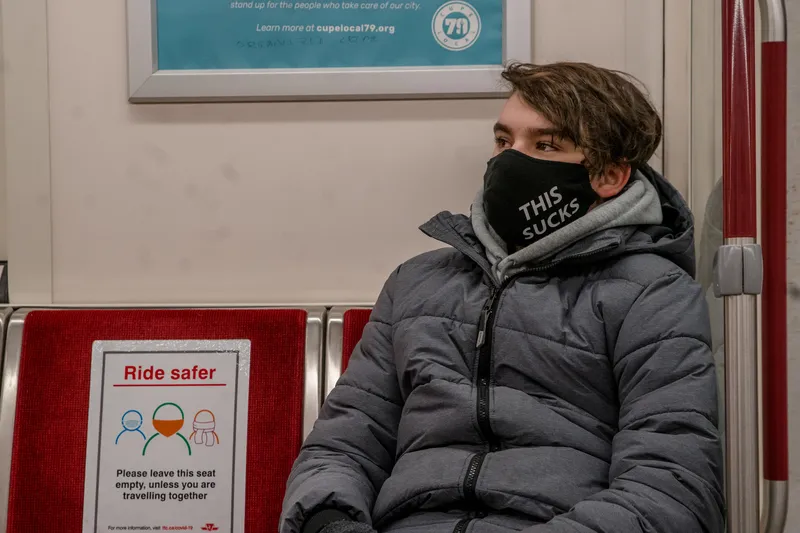A consortium including Graham, Stantec, Parsons Brinckerhoff, Balfour Beatty and Hamon Constructors (GBBH) has been awarded a US$343 million contract by Denver’s Regional Transportation District (RTD) to design and build the north metro rail line.
The North Metro project, part of RTD’s sprawling FasTracks transit network, is a proposed 18.4 mile electrified commuter rail line that will connect Denver and Adams County by serving Commerce City, Northglenn and Thornton.
Construction begins in 2014 and t
November 28, 2013
Read time: 1 min
A consortium including Graham, Stantec, 4983 Parsons Brinckerhoff, 3902 Balfour Beatty and Hamon Constructors (GBBH) has been awarded a US$343 million contract by Denver’s Regional Transportation District (RTD) to design and build the north metro rail line.
The North Metro project, part of RTD’s sprawling FasTracks transit network, is a proposed 18.4 mile electrified commuter rail line that will connect Denver and Adams County by serving Commerce City, Northglenn and Thornton.
Construction begins in 2014 and the first phase is expected to be complete by January 2018.
The North Metro project, part of RTD’s sprawling FasTracks transit network, is a proposed 18.4 mile electrified commuter rail line that will connect Denver and Adams County by serving Commerce City, Northglenn and Thornton.
Construction begins in 2014 and the first phase is expected to be complete by January 2018.







